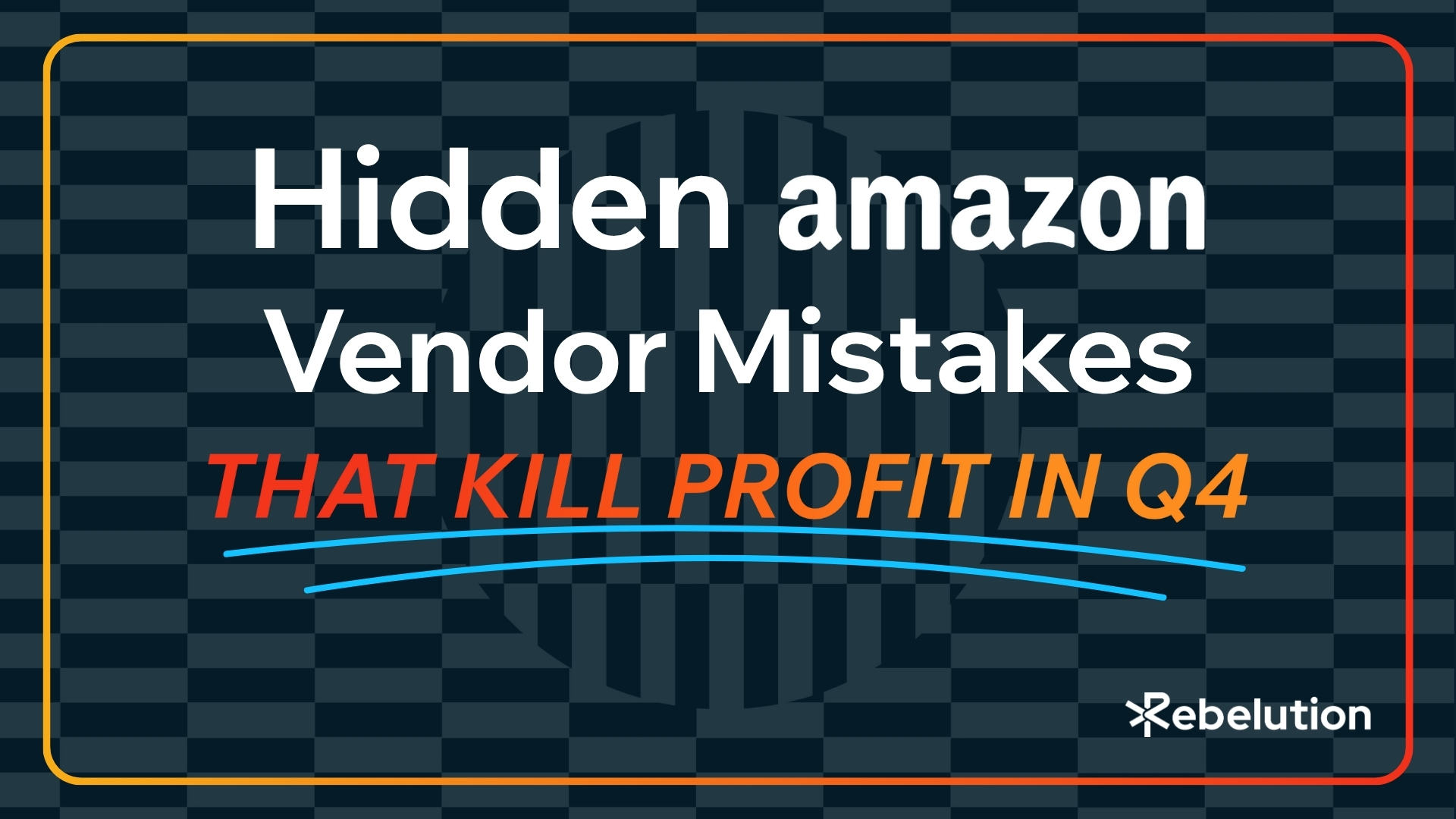Quality control is essential for Amazon sellers who want to build customer trust and minimize costly returns. Traditionally, quality control was labor-intensive, involving manual inspections and a high risk of human error. Today, AI and automation are reshaping quality control, making it faster, more accurate, and scalable for Amazon sellers and vendors. Let’s explore how AI and automation are revolutionizing quality control processes and why embracing these technologies is essential for Amazon sellers.
In the past, quality control relied heavily on human inspectors to assess products manually. Although effective in some cases, this method often led to inconsistencies, especially at high volumes. Traditional quality control struggles with issues like scalability, human error, and time inefficiency. These challenges can lead to defective products, increased returns, and ultimately, customer dissatisfaction — issues that Amazon sellers are keen to avoid.
By integrating AI and automation in quality control, Amazon sellers can overcome these challenges, making processes faster, more efficient, and more reliable.
AI technology enables Amazon sellers to catch defects early. Advanced algorithms analyze images, videos, and historical data, detecting minor issues that human inspectors might miss. For example, Amazon’s fulfillment centers leverage AI-powered cameras and sensors to check products for quality before they are shipped to customers. This AI-driven quality control allows Amazon sellers to ensure that products meet high standards, reducing the risk of returns and boosting customer satisfaction.
Predictive analytics is another crucial aspect of AI in quality control for Amazon sellers. By examining historical defect data, AI can identify patterns and predict future quality issues, allowing sellers to prevent problems before they occur.
Amazon has also integrated automation into quality control through robotics, which handle repetitive tasks with precision. Robots like Sparrow, Amazon’s robotic arm, can handle and inspect items with extreme accuracy. Using AI and automation in quality control, these robots improve consistency and reduce human error, while also allowing human employees to focus on more complex tasks.
Once products pass inspection, Amazon’s robotic systems sort and categorize them, ensuring each item is properly labeled and shipped correctly. This combination of robotics and automation allows Amazon sellers to benefit from a more efficient and reliable quality control process.
For Amazon sellers, incorporating AI and automation in quality control offers numerous benefits:
1. Improved Accuracy: AI detects even the smallest defects, reducing the chance of sending faulty products to customers and enhancing customer satisfaction.
2. Reduced Costs: Automation lowers the need for manual inspections, saving time and money in the long run.
3. Enhanced Efficiency: Robotics and AI handle quality checks faster than human inspectors, helping sellers meet Amazon’s strict fulfillment deadlines.
4. Predictive Quality Control: With AI, sellers can anticipate potential defects, preventing quality issues before they happen.
As technology advances, Amazon sellers can expect even greater innovations in quality control. Enhanced computer vision and machine learning models promise more sophisticated quality checks, allowing for faster detection of complex defects. The future of AI and automation in quality control for Amazon sellers may even include fully autonomous quality checks, increasing speed, consistency, and cost-effectiveness across the supply chain.
By embracing these innovations, Amazon sellers can remain competitive in an increasingly crowded marketplace while ensuring high-quality standards.
AI and automation in quality control for Amazon sellers are transforming the way quality assurance is approached in e-commerce. By minimizing errors, reducing costs, and streamlining processes, these technologies are helping Amazon sellers build stronger, more reliable brands. For sellers looking to stay ahead, investing in AI-driven quality control isn’t just an option — it’s becoming a necessity.
Ready to take your brand to the next level? Contact Rebelution today.
RELATED: AR’s Impact on eCommerce

Meghan is a digital marketing specialist and analyst at Rebelution eCommerce, focusing on internal strategies. With a strong background in market analysis and initiative development, she enhances internal communications and ensures marketing efforts align with business goals. Her strategic approach improves the efficiency and impact of Rebelution’s marketing operations.



Experts expect the slowest U.S. holiday growth since the pandemic—even as online sales rise. See the Black Friday sales forecast, what’s driving competition on Amazon, Walmart, Lowe’s, Home Depot, Wayfair, and how to win.


The biggest Amazon vendor Q4 mistakes aren’t what you think. Learn the hidden operational, financial, and data traps that quietly destroy holiday margins.


Learn how Amazon, Walmart, and Wayfair empower small business ecommerce brands with tools, reach, and growth opportunities.


Explore how Evolution Outdoor, in partnership with Rebelution, achieved a remarkable 65% increase in year-over-year sales...

.jpg)
Explore how Evolution Outdoor, in partnership with Rebelution, achieved a remarkable 65% increase in year-over-year sales...


Explore how Evolution Outdoor, in partnership with Rebelution, achieved a remarkable 65% increase in year-over-year sales...


